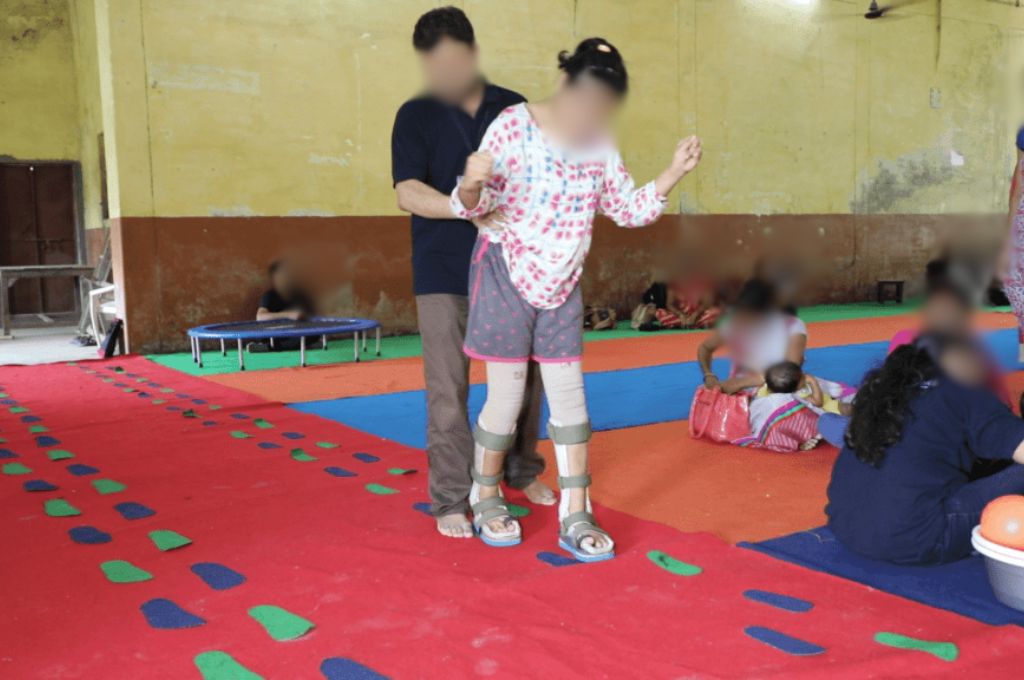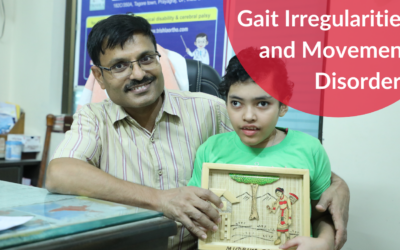Cerebral Palsy Cost: Understanding the Financial Impact
Cerebral palsy is a lifelong condition that affects an individual’s ability to move and maintain balance and posture. The financial impact of CP can vary widely depending on the severity of the condition, the level of care required, and the resources available in a given area. Cerebral palsy costs include medical treatments, physical therapy, assisted walking devices, home modifications, and long-term care needs. Training parents in home-based therapy programs can minimize the financial impact on families.
Initial Diagnosis and Early Intervention
Diagnostic Evaluations
The journey often begins with diagnostic evaluations, including medical imaging, neurological assessments, and specialist consultations. Early cerebral palsy diagnosis and intervention are vital for optimizing outcomes. Diagnosis in most children does not require costly investigation, but in some instances, it may cost too much for the family.
Early Intervention Programs
Early intervention services are designed to support the developmental needs of children with CP. While some costs may be covered by insurance or public health programs, families often encounter out-of-pocket expenses. Niramaya health insurance issued by the National Trust, an initiative of the Government of India, gives some financial support to families. Parents can also learn all those intervention therapies and can do them at home so they will not face any financial constraints due to treatment expenses.
Ongoing Medical Care
Therapies
Physical, speech and occupational therapy are cornerstones of CP management. Regular sessions over months or years are typically necessary, contributing to ongoing costs. In India, the Trishla Foundation provides training to parents in home-based programs along with therapy for children so their expenses are minimized.
Medications and Surgeries
Medications to manage symptoms such as muscle spasticity and surgical interventions for more severe cases can significantly increase medical expenses. However, medication and surgical intervention are required in less than 40% of cases, so expenses will not be much in the other 60%.
Adaptive Equipment and Assistive Technology
Individuals with CP may require various adaptive devices and technologies, including wheelchairs, walkers, orthotic devices, and communication aids. These items often need to be customized and replaced as the individual grows or their needs change, leading to recurring expenses. All these items can also be prepared and modified by locally available vendors to minimize expenditure.
Home Modifications
Creating a safe and accessible living environment is crucial for individuals with CP. Modifications might include ramps, stairlifts, accessible bathrooms, and other changes to enhance mobility and independence. These renovations can be substantial investments. But these changes will be permanent features in their home with only one-time expenditure.
Education and Special Needs Services
Educational support, including special education services, tutoring, and assistive technology in the classroom, is essential for children with CP. While public education systems may provide some support, additional resources and therapies might be sought privately, incurring extra costs. Few government organizations give subsidies/scholarships in education.
Long-Term Care and Adult Services
As individuals with CP age, their needs may evolve, necessitating ongoing support and possibly residential care options. Planning for long-term care, including adult day programs, in-home assistance, or residential facilities, is essential for future financial planning. The government also provides financial aid and subsidies.
Managing Cerebral Palsy Costs
Insurance and Public Benefits
Navigating insurance coverage and public assistance programs is crucial in managing CP costs. Understanding your scope and advocating for necessary services can help offset some expenses.
Grants and Scholarships
Numerous organizations offer grants and scholarships for individuals with CP or other disabilities. These can help cover the costs of therapies, equipment, and educational needs.
Community Support and Fundraising
Engaging with community resources and fundraising can provide additional financial support. Online platforms offer a way to share your story and connect with potential donors.
Does Insurance Provide Coverage for Cerebral Palsy?
Understanding insurance coverage for cerebral palsy (CP) is crucial for families and individuals managing this condition. CP encompasses a range of needs, from medical care to therapy and adaptive equipment, which can lead to significant expenses. Here’s what you need to know about insurance coverage for CP:
Health Insurance Coverage
Medical Treatments and Therapies
In India, most disability related to cerebral palsy & congenital anomalies are not covered under the insurance scheme. But in developed countries, Most health insurance plans cover essential medical treatments, including doctor’s visits, hospital stays, and surgeries. Physical, speech, and occupational therapy, which are pivotal in managing CP, are generally covered to a certain extent. However, the coverage size, including the number of sessions per year, can vary widely between policies.
Prescription Medications
Medications for managing symptoms associated with CP, such as muscle relaxants and anticonvulsants, are typically covered under prescription drug plans. You must check your schedule for any specific coverage limits or formulary restrictions.
Durable Medical Equipment (DME)
Equipment like wheelchairs, walkers, and orthotic devices is often classified as durable medical equipment (DME) and may be covered by insurance. Coverage for DME usually requires a prescription or medical letter, and there may be limitations on the types of equipment or frequency of replacement. But in India, most insurance does not cover medical equipment.
Limitations and Exclusions
While insurance provides essential support, limitations and exclusions may affect coverage for CP care. These can include caps on therapy sessions, exclusions for specific equipment types, or pre-authorization requirements. Understanding your policy’s specifics is vital to maximizing benefits and planning for out-of-pocket costs.
Conclusion
The financial journey for families managing cerebral palsy is complex and ongoing. At Trishla Foundation, we understand your challenges and are committed to providing support, resources, and guidance to help navigate the costs associated with CP care. Our goal is to ensure that every individual with CP has the opportunity to lead a fulfilling life without being hindered by financial barriers.
Contact Us
For more information on managing cerebral palsy costs, or if you need support or resources related to CP care, please contact the Trishla Foundation. Our team is here to assist you in every way possible, from providing direct care services to guiding you through the maze of financial planning for CP. Remember, you are not alone. Together, we can work towards a brighter future for all individuals affected by cerebral palsy. Website details of a few organizations that can be helpful to every family of cerebral palsy children in getting assistance & financial support:
| NAME | RESPONSIBILTY | WEBSITE |
| Department of Empowerment of Persons with Disabilities (DEPwD) | Nodal Dept for all issues related to Disability Sector | https://disabilityaffairs.gov.in/ |
| National Trust | Empowerment and Rehabilitation of persons with Autism, CP, ID & MD | https://thenationaltrust.gov.in/ |
| Artificial Limbs manufacturing Corporation (ALIMCo) | Manufacturing of Artificial Limbs and Assistive Devices & its Distribution | https://alimco.in/ |
| National handicapped Finance development Corporation (NHFDC) | Financial Assistance by way of Loans to PwDs for self Employment & Education | https://www.nhfdc.nic.in/ |
| Department of Empowerment of Persons with Disabilities (DEPwD) | ADIP SCHEME (Assistance to Disabled Persons) | https://adip.disabilityaffairs.gov.in/ |
| Rehabilitation Council of India (RCI) | Human Resorce Development for the Disability Sector | https://rehabcouncil.nic.in |




